Tibet, known as the “Land of Snow” is a region located in the heart of Asia. It is situated on the Tibetan Plateau, which is the highest and largest plateau on Earth. The geography of Tibet is characterized by towering mountain ranges, vast grasslands, and deep river valleys. Mount Everest, the world’s highest peak, is located on the border between Tibet and Nepal.
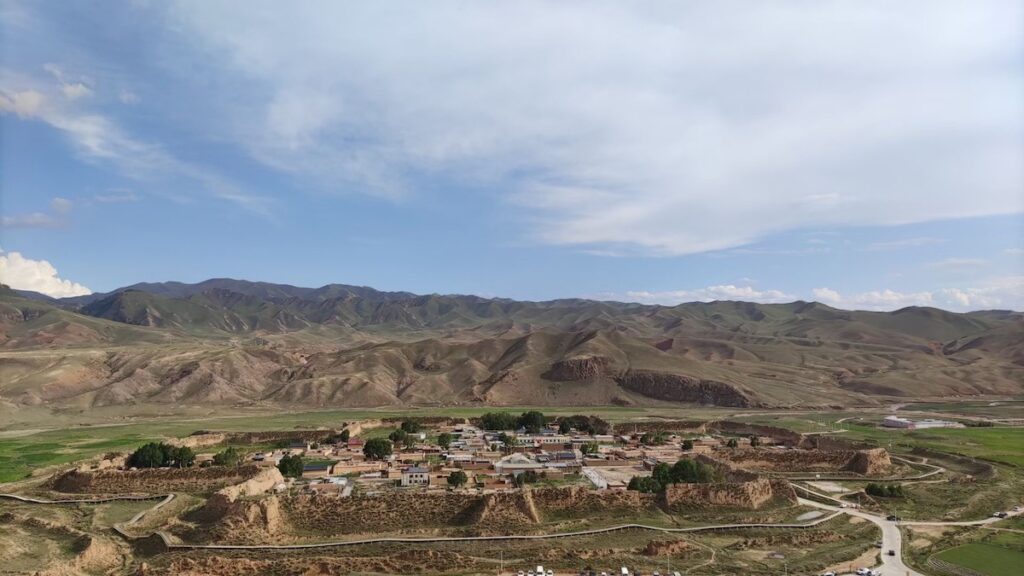
Why to travel to Tibet?
Tibetan culture is deeply rooted in Buddhism, with Tibetan Buddhism being the dominant religion. Monasteries and temples are scattered throughout the region, and Tibetan Buddhism plays a significant role in shaping the daily lives and traditions of the Tibetan people. Tibetan art, music, and dance are also vibrant expressions of their culture.
Tibet continues to captivate travelers with its breathtaking landscapes, ancient traditions, and rich history. However, it remains a sensitive region, and access for foreigners is restricted at times. Despite these challenges, Tibet’s unique geography, culture, and history make it a fascinating destination for those seeking to explore this mystical corner of the world.
What needs to be known before traveling to Tibet?
Traveling to Tibet can be a once-in-a-lifetime experience, but it also comes with its fair share of challenges. One of the main challenges is the high altitude. Tibet is known as the “Roof of the World” because it is located on the Tibetan Plateau, which has an average elevation of over 4,500 meters (14,800 feet).
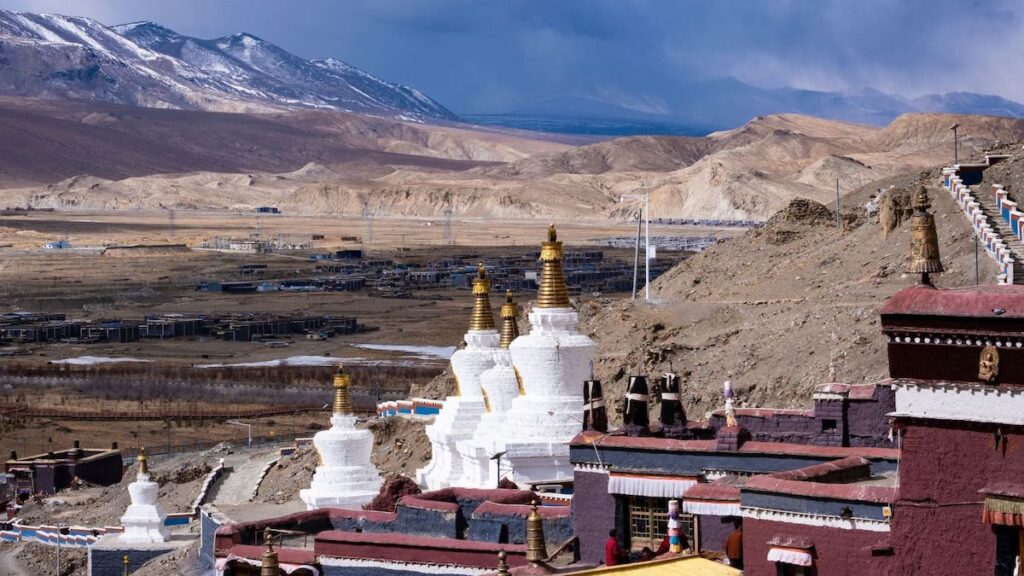

The high altitude can cause altitude sickness, which can range from mild symptoms like headaches and nausea to more severe symptoms like difficulty breathing and confusion. It is important to acclimatize slowly and take precautions to prevent altitude sickness, such as drinking plenty of water and avoiding strenuous activity.
Another challenge of traveling to Tibet is the remote and rugged terrain. The infrastructure in Tibet is not as developed as in other parts of China, and roads can be rough and unpaved. Traveling between cities and attractions can take a long time, and accommodations may be basic. It is important to be prepared for long journeys and to have realistic expectations about the available amenities.
Additionally, traveling to Tibet requires a special permit. Foreign travelers need to obtain a Tibet Travel Permit, which can only be obtained through a registered travel agency in China. This permit is necessary to enter Tibet and travel within the region. It is important to plan ahead and make sure all necessary permits are obtained before traveling to Tibet.
Despite these challenges, traveling to Tibet can be an incredibly rewarding experience. The region is rich in culture and history, with stunning landscapes and ancient monasteries. It is a unique opportunity to immerse oneself in Tibetan Buddhism and witness the traditions and way of life of the Tibetan people. With proper preparation and a sense of adventure, the challenges of traveling to Tibet can be overcome, allowing for a truly unforgettable journey.
What is required to travel to Tibet?
Traveling to Tibet requires certain permits in order to ensure the safety and well-being of both travelers and the local population. There are several permits that may be required depending on the nature of your trip.
Firstly, a Tibet Travel Permit is the primary permit that all travelers must obtain. This permit is issued by the Tibet Tourism Bureau (TTB) and is necessary for all foreign travelers entering Tibet. It can only be obtained through a registered travel agency in Tibet, as independent travel is not allowed in Tibet.
In addition to the Tibet Travel Permit, if you plan to visit certain restricted areas such as Mount Everest or Mount Kailash, you will need an Alien’s Travel Permit. This permit is obtained through the Public Security Bureau (PSB) and can be arranged by your travel agency.
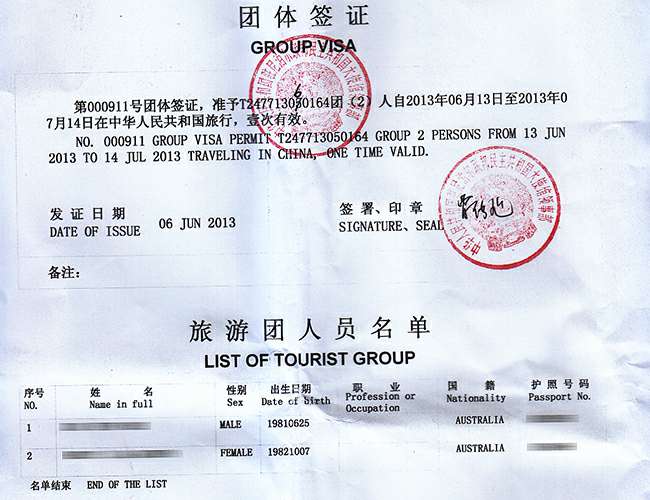

If you plan on traveling to the border regions of Tibet, such as Nyingchi or Ngari, you may also need a Military Permit. This permit is obtained through the military authorities and is required for any travel near military-sensitive areas.
It is important to note that these permits can take some time to arrange, so it is advisable to plan your trip well in advance and allow ample time for permit processing. Your travel agency will typically handle the permit application process on your behalf, but it is important to provide them with all necessary documents and information.
Traveling to Tibet requires obtaining the necessary permits, including the Tibet Travel Permit, Alien’s Travel Permit, and possibly a Military Permit. Working with a registered travel agency and allowing sufficient time for permit processing is crucial in ensuring a smooth and hassle-free travel experience in Tibet.
How to plan a trip to Tibet?
Planning a trip to Tibet requires careful consideration and responsible decision-making. Tibet is a unique destination that offers stunning landscapes, rich cultural heritage, and spiritual experiences. However, due to its remote location and political sensitivity, it is important for travelers to approach their trip with caution and respect for the local culture and environment.
First and foremost, it is crucial to research and understand the political situation in Tibet before planning your trip. The region has experienced periods of unrest and restrictions on travel, so staying informed about any current travel advisories or restrictions is essential. This will help ensure your safety and the smooth progression of your journey.
When planning your itinerary, make sure to allocate enough time to acclimatize to the high altitude. Tibet is known as the “Roof of the World” due to its high elevation, and altitude sickness can be a real concern. Taking it slow and allowing your body time to adjust will greatly enhance your overall experience.
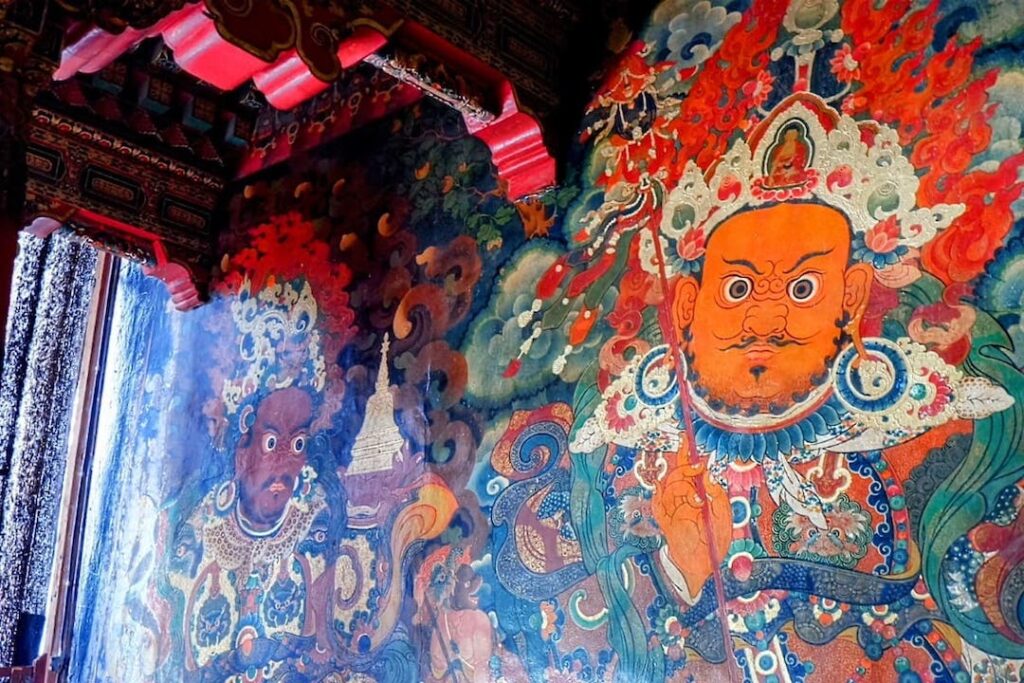

Responsible tourism is also key when visiting Tibet. Respect the local customs, traditions, and religious sites. Dress modestly, be mindful of your behavior, and seek permission before taking photographs, especially in sacred places. It is important to remember that Tibet is a deeply spiritual place for many people, and treating it with reverence and respect will help preserve its cultural and natural heritage.
Additionally, consider supporting local businesses and communities during your trip. By staying in locally-owned accommodations, eating at local restaurants, and purchasing handmade crafts from local artisans, you can contribute to the local economy and help sustain the livelihoods of the Tibetan people.
When is the best time to travel to Tibet?
Choosing the right time to visit Tibet is crucial in order to have the best experience possible. Tibet is known for its high altitude and extreme weather conditions, so it’s important to plan your trip accordingly.
One of the key factors to consider when choosing the right time to visit Tibet is the weather. The best time to visit Tibet is during the summer months, from May to September when the weather is relatively mild and the skies are clear. This is also the peak tourist season, so you can expect larger crowds during this time.
Another factor to consider is the Tibetan festivals. Tibet is home to a rich cultural heritage, and there are several festivals throughout the year that showcase this. The most famous festival is the Tibetan New Year, also known as Losar, which usually falls in February or March. Other popular festivals include the Saga Dawa Festival and the Shoton Festival. If you want to experience these vibrant celebrations, then it’s important to plan your visit accordingly.
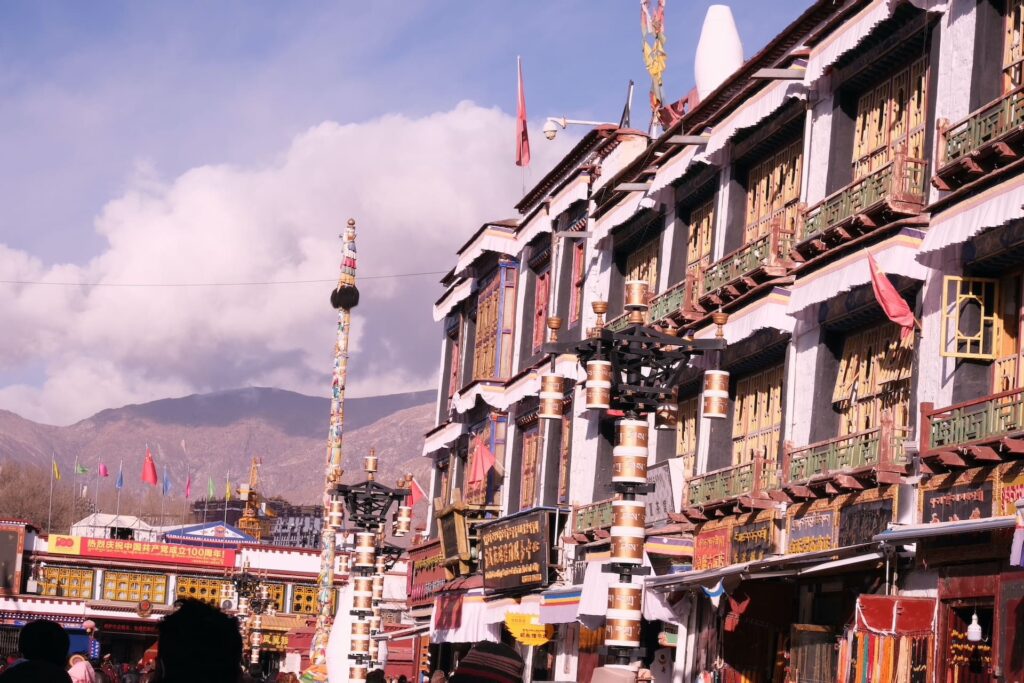

It’s also worth considering the accessibility of certain areas in Tibet. Some regions, such as Mount Everest and Kailash, may be more difficult to access during certain times of the year due to weather conditions. If you have specific sights or destinations in mind, it’s important to research the best time to visit those areas.
Overall, choosing the right time to visit Tibet depends on your preferences and priorities. Whether you prioritize good weather, cultural festivals, or specific sights, there are options for every traveler. By doing your research and planning ahead, you can ensure that you have a memorable and enjoyable trip to Tibet.
What to pack for the Tibet trip?
When planning a trip to Tibet, it’s important to pack strategically to ensure a comfortable and enjoyable experience. Here are some essential items to consider including in your packing list:
1. Layered Clothing: Tibet’s weather can be unpredictable, with temperature fluctuations throughout the day. It’s advisable to bring layers of clothing that can be easily added or removed to accommodate different weather conditions. This includes thermal base layers, sweaters or fleeces, and a waterproof jacket.
2. Comfortable Walking Shoes: As you explore Tibet’s beautiful landscapes and visit its monasteries and temples, comfortable walking shoes are a must. Opt for sturdy, well-fitting shoes that provide good support and traction.
3. Altitude Sickness Medication: Tibet’s high altitude can cause altitude sickness in some individuals. It’s recommended to consult with a healthcare professional before your trip and carry the necessary medications or remedies to alleviate symptoms.
4. Sun Protection: Tibet’s high altitude also means increased exposure to the sun’s rays. Pack sunscreen with a high SPF, sunglasses, and a wide-brimmed hat to protect yourself from harmful UV radiation.
5. Basic Medical Kit: It’s always wise to have a basic medical kit that includes essentials like pain relievers, band-aids, antiseptic cream, and any specific medications you may require.
6. Travel Documents: Don’t forget to bring your passport, necessary permits, and copies of relevant travel documents. It’s also advisable to keep digital copies of these documents stored securely in case of any mishaps.


7. Snacks and Water Bottle: While traveling around Tibet, it’s essential to stay hydrated and carry snacks for energy. It may be wise to bring a reusable water bottle and water purification tablets to ensure a safe drinking supply.
8. Portable Charger: Tibet’s remote locations may have limited access to electricity, so having a portable charger for your electronic devices can be beneficial, especially if you rely on them for navigation or communication.
9. Cash and Credit Cards: While major cities in Tibet may accept credit cards, it’s still advisable to carry some cash, as smaller establishments and remote areas may only accept cash payments. Ensure you have enough local currency to cover your expenses.
10. Travel Adapter: Tibet uses different plug types, so it’s essential to bring a travel adapter to charge your electronic devices.
By packing these essentials, you’ll be well-prepared to enjoy your trip to Tibet and make the most of the stunning landscapes and unique cultural experiences it has to offer.
Cultural etiquette and considerations
Cultural etiquette and respectful behavior are essential when interacting with people from different cultures. It is important to understand and respect the customs, traditions, and norms of the culture you are in or interacting with. This includes being aware of appropriate greetings, gestures, and body language, as well as respecting personal space and boundaries.
One aspect of cultural etiquette is language. It is helpful to learn a few key phrases in the local language, such as greetings and thank you, as it shows respect and effort to engage with the culture. It is also important to be aware of the appropriate way to address people, whether it is by their first name, last name, or title.
Another important aspect of cultural etiquette is dining etiquette. Different cultures have different dining customs, such as using chopsticks or eating with your hands. It is important to observe and follow the lead of locals when it comes to dining practices.
Respecting religious beliefs and practices is also crucial. It is important to dress modestly when visiting religious sites and to be mindful of any restrictions or customs associated with religious practices.
Overall, cultural etiquette and respectful behavior involve being open-minded, observant, and adaptable. By showing respect for different cultures, we can foster understanding and create more harmonious interactions.
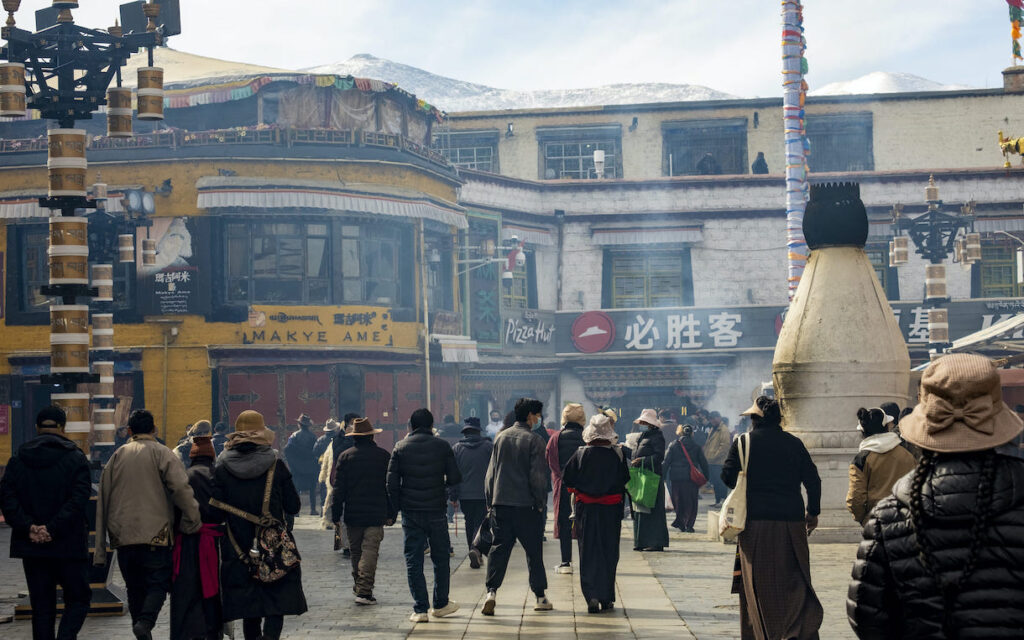

Safety considerations
When planning a trip to Tibet, it is important to prioritize safety and health considerations. Tibet is a high-altitude region, with some areas reaching altitudes above 4,000 meters. This can pose risks for travelers, as altitude sickness is a common concern. It is recommended to acclimatize to the altitude slowly by spending a few days in lower-altitude areas before ascending to higher altitudes. It is also advisable to drink plenty of water, avoid strenuous activities, and take medication such as Diamox to prevent altitude sickness.
In addition to altitude sickness, travelers should also be mindful of other health considerations. It is recommended to consult with a healthcare professional before traveling to Tibet to ensure all necessary vaccinations are up to date. It is also important to pack a basic first aid kit and any necessary medications, as medical facilities in remote areas may be limited.
Safety considerations should also be taken into account during a trip to Tibet. It is important to stay informed about the political situation and any travel advisories issued by your home country. Travelers should also be prepared for the weather conditions in Tibet, as temperatures can fluctuate greatly between day and night. It is advisable to pack appropriate clothing and gear for the climate, including warm layers and sturdy footwear.
Overall, by prioritizing safety and health considerations, travelers can enjoy a safe and memorable trip to Tibet.
Make the most of your time in Tibet
A trip to Tibet is a once-in-a-lifetime experience, and there are many ways to make the most of your time there. First and foremost, it is important to plan ahead and research the attractions and activities you want to see and do. Tibet is home to some of the most breathtaking natural landscapes in the world, so make sure to include visits to iconic sites such as Mount Everest, the Potala Palace, and Lake Namtso in your itinerary.
Additionally, immerse yourself in the local culture by visiting Tibetan monasteries and participating in traditional festivals or ceremonies. Hiring a knowledgeable local guide can provide valuable insights into the history and significance of these sites.
When traveling in Tibet, it is important to be mindful of the altitude. The high elevation can have an impact on your health, so take the necessary precautions to acclimatize properly. It is recommended to spend a few days in Lhasa before venturing to higher altitudes to allow your body to adjust. Stay hydrated, avoid strenuous activities, and listen to your body if you start experiencing symptoms of altitude sickness.
Another tip for making the most of your trip is to respect the local customs and traditions. Tibetans are deeply religious and have a rich cultural heritage, so be mindful of their beliefs and practices. Dress modestly when visiting temples or monasteries, and always ask for permission before taking photographs of locals or religious artifacts.
Lastly, take the time to engage with the local community. Whether it’s through participating in a homestay or joining a community project, interacting with Tibetans can provide a deeper understanding of their way of life and create meaningful connections.
By planning ahead, respecting the local culture, and immersing yourself in the unique experiences Tibet has to offer, you can truly make the most of your trip and create memories that will last a lifetime.
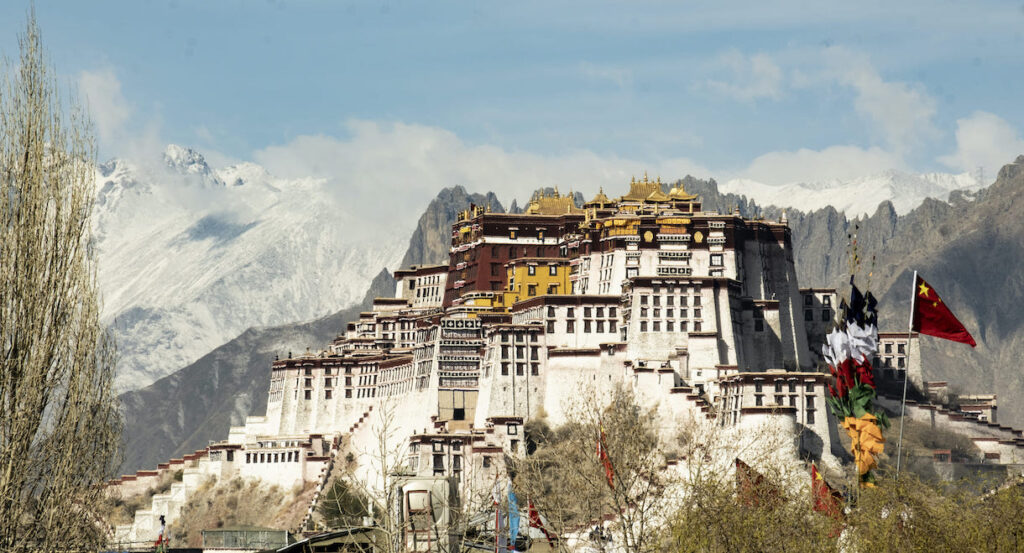

Conclusion
Lastly, be conscious of your environmental impact while traveling in Tibet. The region is known for its pristine natural beauty, and it is our responsibility as travelers to protect it. Respect wildlife, dispose of waste properly, and choose eco-friendly transportation options whenever possible.
Planning a trip to Tibet requires careful consideration and responsible decision-making. By staying informed, respecting local customs, supporting local communities, and minimizing your environmental impact, you can ensure a memorable and meaningful experience in this remarkable destination.

[…] Remember, the permit requirements and regulations may change, so it’s essential to stay updated with the latest information and consult with your travel agency or check with the local embassy or consulate before planning your trip to Tibet. […]
[…] traveling to Tibet from Nepal, you will need to obtain a Tibet Group Visa instead of a regular Chinese visa. Here are […]
[…] to make the most of your time and ensure a meaningful experience. Research the monasteries you plan to visit, including their opening hours, admission fees, and any special events or rituals taking place […]